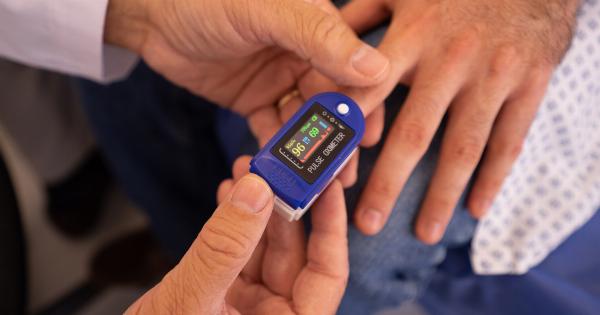Leg traffic problems, also known as leg circulation problems, occur when the normal flow of blood to and from the legs is disrupted. This disruption can be caused by various factors, including health conditions and lifestyle habits.
In this article, we will discuss the 10 possible causes of leg traffic problems, along with pictures to help you understand the symptoms associated with each cause.
1. Peripheral Artery Disease (PAD)
Peripheral artery disease (PAD) occurs when there is a blockage in the arteries that supply blood to the legs. This blockage results in reduced blood flow, which can cause leg pain, cramping, and fatigue.
In severe cases, PAD can lead to gangrene or amputation. Picture 1 shows a visual representation of the blockage caused by PAD.
2. Deep Vein Thrombosis (DVT)
Deep vein thrombosis (DVT) occurs when a blood clot forms in a deep vein, usually in the leg. This blood clot can obstruct blood flow, causing pain, swelling, and redness in the affected leg.
In severe cases, DVT can lead to lung problems, such as pulmonary embolism. Picture 2 shows a visual representation of a blood clot in a deep vein.
3. Varicose Veins
Varicose veins occur when the valves in the veins of the legs become weak or damaged, causing blood to pool in the veins. This pooling can cause the veins to bulge or twist, resulting in pain, swelling, and discomfort.
Picture 3 shows a visual representation of varicose veins.
4. Obesity
Obesity can cause leg traffic problems as the excess weight puts pressure on the veins in the legs, hindering blood flow. This can lead to circulatory problems that cause pain, swelling, and fatigue in the legs.
Picture 4 shows a visual representation of the pressure caused by obesity on the veins in the legs.
5. Diabetes
Diabetes can cause leg traffic problems as it damages the blood vessels and nerves in the legs, leading to poor circulation and nerve damage. This can cause pain, numbness, and tingling in the legs, and increase the risk of infections and amputations.
Picture 5 shows a visual representation of nerve damage caused by diabetes.
6. Smoking
Smoking can cause leg traffic problems as it constricts the blood vessels, reducing blood flow to the legs. This can cause pain, cramping, and fatigue in the legs, and increase the risk of circulatory problems and amputations.
Picture 6 shows a visual representation of the constricting effect of smoking on the blood vessels.
7. Sitting for Long Periods
Sitting for long periods can cause leg traffic problems as it can reduce blood flow to the legs and cause fluid to accumulate in the tissues, creating swelling and discomfort.
This can lead to circulatory problems that cause pain, fatigue, and cramping in the legs. Picture 7 shows a visual representation of the accumulation of fluid in the leg tissues caused by sitting for long periods.
8. Lack of Exercise
Lack of exercise can cause leg traffic problems as it can weaken the muscles in the legs that help pump blood back to the heart. This can lead to poor circulation, causing pain, cramping, and swelling in the legs.
Picture 8 shows a visual representation of weak leg muscles caused by lack of exercise.
9. Hypertension
Hypertension, or high blood pressure, can cause leg traffic problems as it can damage the blood vessels and reduce blood flow to the legs.
This can cause pain, cramping, and swelling in the legs, and increase the risk of circulatory problems and amputations. Picture 9 shows a visual representation of the damage caused by hypertension on the blood vessels.
10. Medications
Certain medications can cause leg traffic problems as a side effect. These include hormone replacement therapy, birth control pills, and some chemotherapy drugs.
These drugs can weaken the blood vessels or increase the risk of blood clots, leading to circulatory problems in the legs. Picture 10 shows a visual representation of blood clots caused by medication.
Conclusion
Leg traffic problems can be caused by various factors, including health conditions and lifestyle habits. It is important to recognize the symptoms of leg traffic problems so that they can be diagnosed and treated early.
If you experience leg pain, cramping, swelling, or fatigue, consult your doctor for a proper diagnosis and treatment plan.































